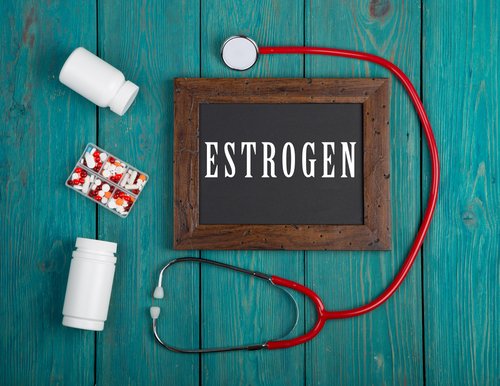Developers of the potential endometriosis (EM) and uterine fibroids (UF) therapy OBE2109 say the results of a newly completed Phase 1 trial, which tested its pharmacokinetic and pharmacodynamic (PK/PD) relationship in combination with different doses of “add–back” therapy to prevent bone density loss, showed the therapy was effective at reducing estrogen levels.
OBE2019 also is being studied in Phase 2 and Phase 3 trials as a potential treatment for pain and heavy bleeding associated with EM and UF.
In the phase 1 trial, participants receiving six weeks of treatment with ObsEva’s OBE2019, a gonadotropin–releasing hormone (GnRH) receptor antagonist, plus add–back therapy, saw reduced levels of estrogen within the range expected to control EM and UF symptoms with limited adverse effects, according to a news release.
Administrated orally, OBE2109 is being evaluated for safety and effectiveness for endometriosis pain in a Phase 2b trial, called EDELWEISS, (NCT02778399), and for heavy bleeding associated with uterine fibroids in Phase 3 trials called PRIMROSE 1, (NCT03070899), and PRIMROSE 2 (NCT03070951).
Inhibiting estrogen is a well–recognized strategy to alleviate endometriosis and uterine fibrosis symptoms. However, this can lead to serious adverse effects such as bone mineral density loss. To counteract this, add–back therapy is often required as a source of estrogen and progesterone to keep the therapeutic benefit of the treatment balanced correctly.
Researchers have been assessing the use of OBE2109 in two complementary approaches. The first uses a low dose of the drug alone to achieve a concentrated range of estrogen between 20 to 60 pg/mL. They also are testing a combined regimen of high–dose OBE2109 with add–back therapy, such as Activella (estradiol/norethindrone acetate, or E2/NETA), among others.
The randomized, prospective Phase 1 trial included 76 healthy Caucasian women, and tested the safety and tolerability of OBE2109 alone or combined with E2/NETA add–back therapy. Each participant received 100 mg or 200 mg of OBE2109.
Both doses were seen to rapidly reduce the levels of estrogen to the expected range. The use of add–back therapy balanced the excessive loss of estrogen caused by the treatment.
In addition, the treatment reduced bleeding patterns. During the final four weeks of treatment with OBE2109 alone, the majority of women achieved amenorrhea, or absence of menstruation.
Although the use of add–back therapy reduced the rates of bleeding control, the overall balance demonstrated by the results supports the use of combined OBE2109 and add–back therapy. No severe adverse effects were reported during the study.
“We are very pleased by the results of this important PK/PD study in which we observed in Caucasian subjects the rapid onset and effectiveness of OBE2109 to reduce E2 [estrogen] levels that were previously reported in Japanese subjects,” Ernest Loumaye, MD, PhD, ObsEva’s co-founder and CEO, said in a press release.
“We believe there are several important observations from this study that support our ongoing development strategy for OBE2109 as a treatment for EM and UF,” Loumaye added.

